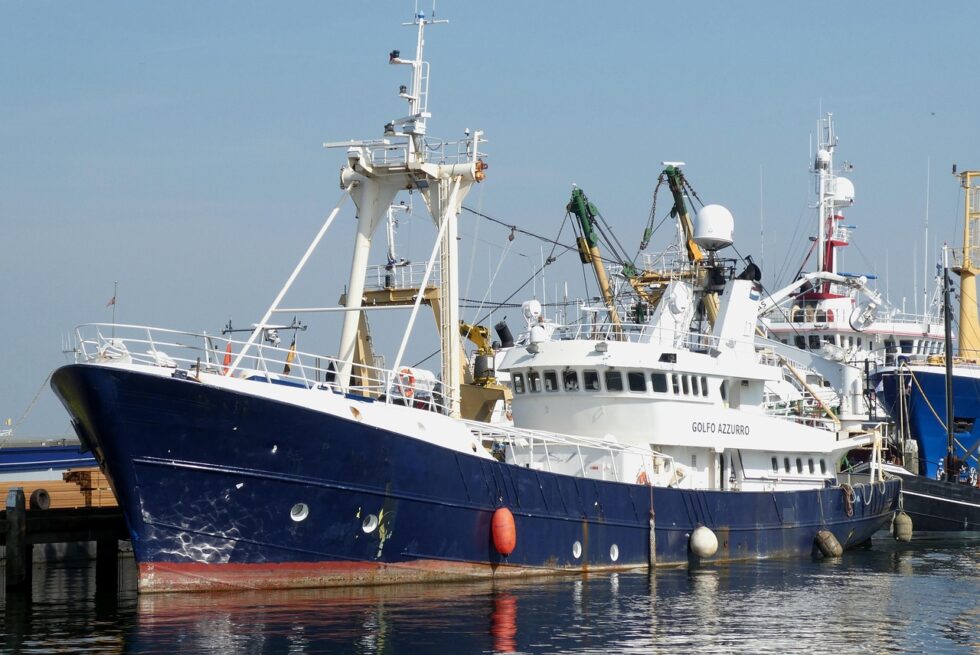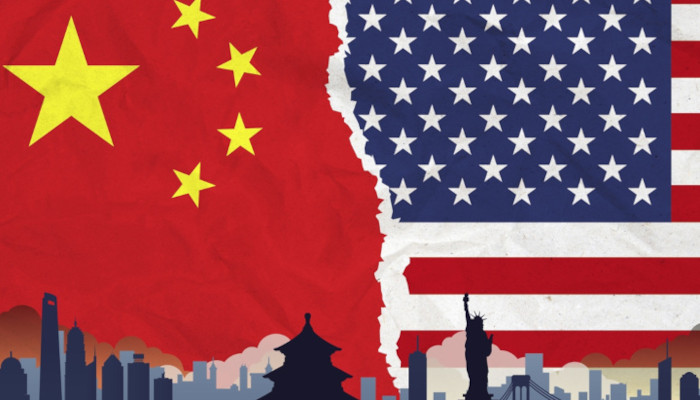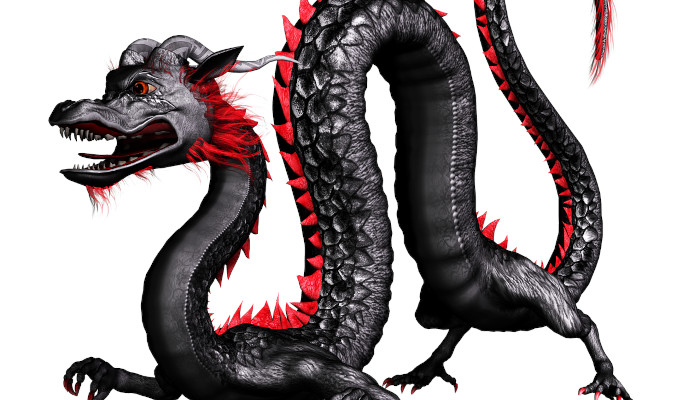
China is readier for war than some in the West may think, and it can be very different from what people might expect.
The war in Ukraine should have alarmed the West and the EU into restarting their military industry. It didn’t. The EU sheepishly dreamed it would be a parenthesis, not an existential call. Meanwhile, Russia re-industrialized with Chinese help, and Beijing re-geared its civilian factories for rapid military conversion. Possibly in a couple of months, shipyards producing fishing boats could churn out frigates, and truck plants could yield armored vehicles. The Air Force and submarines may be lagging behind, but for how long? And would it matter, as workshops around the country can crank out millions of cheap drones? Corruption in the military may have worn its fighting spirit and hollowed its arms stockpiles, but how much?
The next battles will be fought in cyberspace, and here, as the struggle in Ukraine and the unveiling of DeepSeek prove, the West doesn’t have an unbeatable advantage. Moreover, Ukraine shows the fight will be old-fashioned, with steel, bullets, and people’s flesh. There might be a way to gauge Chinese capabilities and see the plan here.
China has the largest fleet of fishing vessels and cargo ships. It could have between 200,000 and 800,000 fishing boats netting all the catch they can and mapping and surveilling even more. Of these, some 3,000 are distant-water ships, with 2,700 actively operating. Their manufacturing cost could be as little as a quarter of the US’s.
The cargo fleet distributes China’s immense trade. Its maritime fleet is 430 million tons, about 18.7% of the world total, to which one should add the 128 million tons sailing under the Hong Kong flag. Even more significantly, China has 129 port projects outside of China with Chinese investment, with 115 currently active. There are 17 port projects with a majority of Chinese control and 14 with a majority of Chinese ownership where there is physical potential for naval use. [i]
Silk Roads
It’s the “belt” of the Belt and Road Initiative (BRI), but it is also something more. Operating fishing vessels as large as frigates or container ships larger than an aircraft carrier, Chinese sailors gain valuable experience that can be transferred to their navy. There can be tactics that have apparently already been deployed.
Tens of thousands of large and small fishing boats, though unarmed, can hinder and make life impossible for actual navy ships unprepared for a kind of “guerrilla naval warfare” in the South China Sea or nearby areas. In those waters, Chinese missile capabilities can inhibit the approach of US aircraft carriers, and the sheer number of fishing boats could crowd out enemy submarines or fleets. China’s naval projection is unprecedented since the stories of 15th-century Ming Admiral Zheng He.
It’s not just on paper. China has been keen on showing it off around Taiwan in recent years. As Keir Giles noticed, “Russia thus still has the capability to do serious damage — and is maintaining it with support from partners such as Iran, China, and North Korea that is only likely to grow… Looking back at the 1930s, we used to wonder how it seemed that everybody could see war coming but do nothing to stop it. Now we understand.” [ii]
China is poised to become both a maritime and a continental power. It wants to turn its difficult position, embedded at the far end of the Eurasian continent, with a weak belly protruding to closed seas, into advantages: control the continental routes and check the adjacent seas.
Strategically, it may have a leg up over the US. The United States, from 2002-2003, tried to settle and get a foothold in Central Asia, Afghanistan, and Iraq. It failed. With hindsight, one of the main problems was the opposite of its successful strategy in Ukraine. The US sent its troops rather than just arming and training local soldiers. It should have retained logistic and strategic control while having homegrown militia on the ground, indifferent to their domestic inclinations or presumed corruption.
What Ifs
Had it done so, now the US and its allies might have owned Central Asia and inserted a knife between Russia, China, and Iran. It might have skirted the 2008 financial crisis and could have intimidated half the world. Parachuting back into Central Asia is impossible, and the US is wary of its past mistakes in land wars. Moreover, Chinese naval projection might give pause to US naval strategies in Asia.
China has a long-term strategy—BRI—that builds not only physical infrastructure but also long-term ties bounded around the idea of very concrete “common interests.”
Last week, US Secretary of Defense Pete Hegseth told Poland (perhaps the staunchest US ally in Ukraine) that “nothing lasts forever.” It’s not the Trump administration; it’s a recurring problem for the USA: can it be trusted? To what extent? For how long? It has a history of leaving some friends and allies behind. China, ugly and unpleasant as it may be, has a history of reliability keeping its word. The BRI is a projection on a global scale of an old imperial regional order: building long-term networks that resist through thick and thin.
Europe had a vaguely similar mindset with the Holy Roman Empire. Then, the dismantling of the Empire and the Pontiff State (anchors to that order) brought, since 1870, Bismarck’s peace that crisscrossed pacts and alliances, formalizing a different, ever-shifting order. Kissinger’s famous quip, “The US has no eternal friends or enemies, only eternal interests,” comes from Bismarck, not Metternich, the architect of the short-lived restoration of the Holy Imperial order in 1815.
Now, what’s the US future philosophy for order? Sure, conditions are different. China isn’t in charge of the world; thus, it has other responsibilities. One can maintain that the BRI underdelivers and is full of trappings, but it’s something radically different from the vaunted, ever-shifting US priorities. Something is looming in Beijing, it’s not just trade surplus, and it should be boldly addressed.
Finis
[i] https://www.cfr.org/tracker/china-overseas-ports
[ii] https://www.ft.com/content/f268359a-7347-4285-b646-4353f7d6a865









